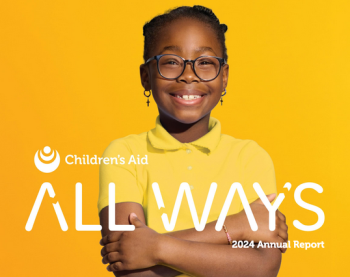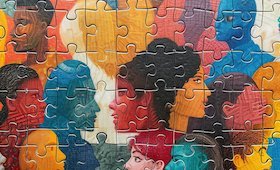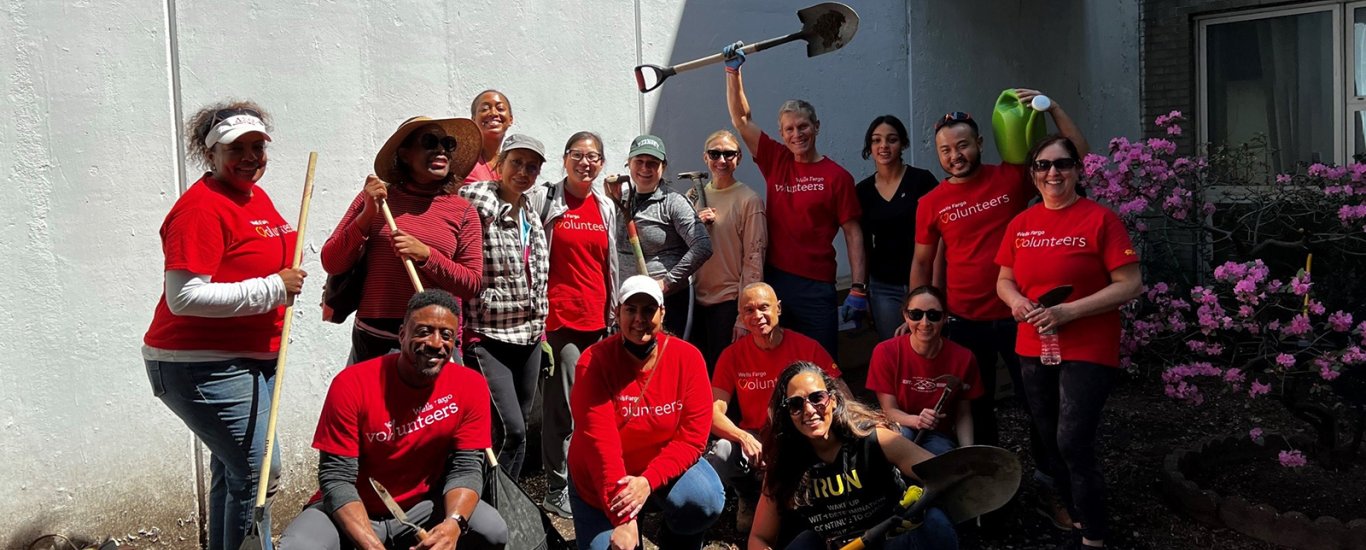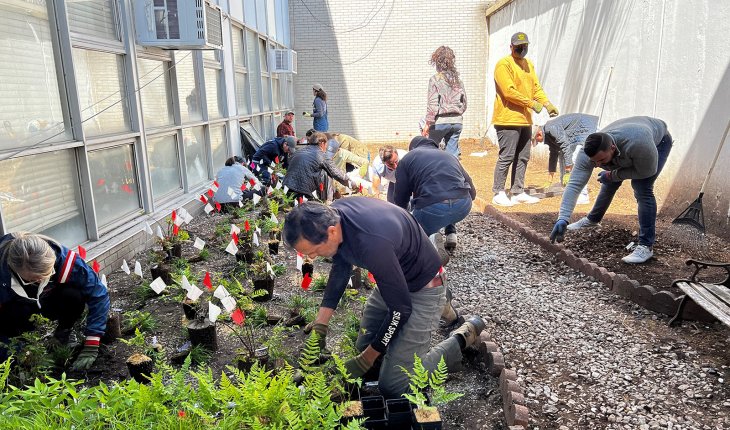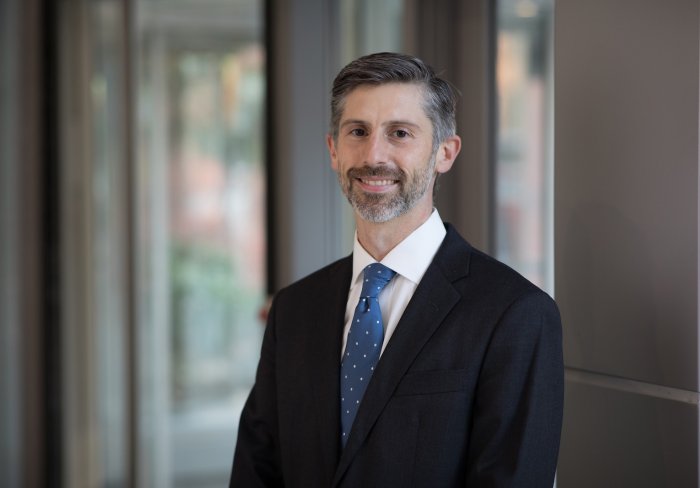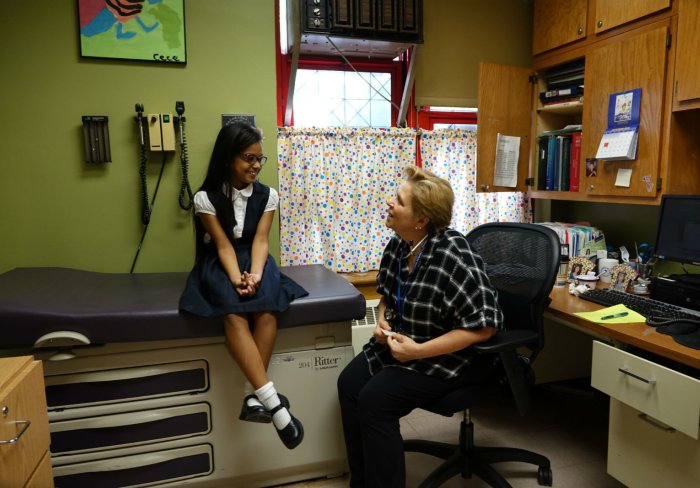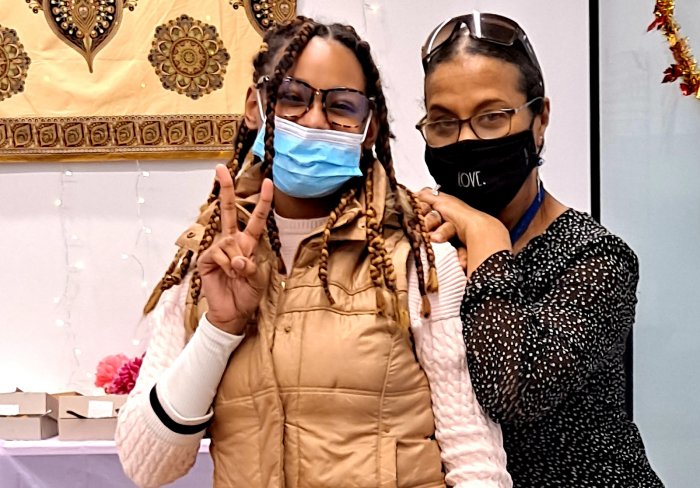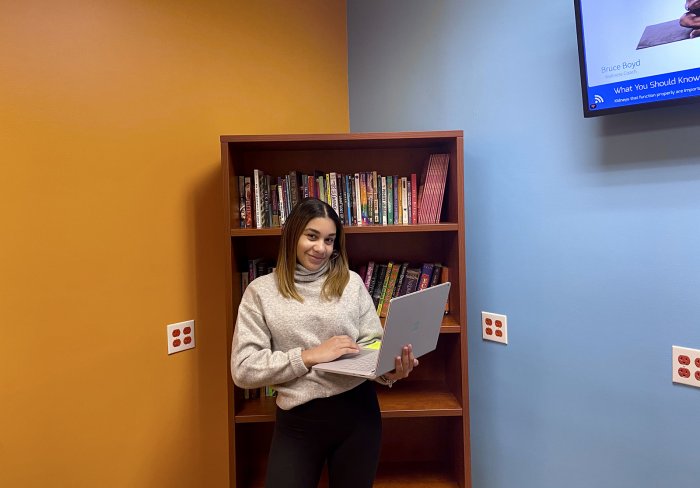What is the purpose of a garden?
At Children’s Aid, we have gardens at many of our sites across New York City, and they serve a multitude of purposes. At some sites, they are places of respite where young people and staff members can gather to admire the beauty of nature. At other sites, they are used to grow food that nourishes our youth and our communities.
But both of those types of gardens are planted primarily to benefit people. This spring, we decided to take a different approach for redesigning the garden at our Dunlevy Milbank Community Center in Harlem. Instead of creating a manicured garden or a space for growing food, we decided to plant a native garden.
“With Milbank, the garden wasn’t serving a specific purpose for the children,” said Matt Cheng, the manager for corporate volunteer services for Children’s Aid. “That gave us an opportunity. We didn’t pick the plants because they looked pretty or because of the food they produced. Instead, we chose them because they belong here.”
The idea behind native gardening, which has become increasingly popular in the past few years, is to return plants to their native habitats. Native plants are particularly suited for the local climate and soil conditions, and they provide the foundation for a world of butterflies, insects, birds and other animals.
Native gardens require significantly less upkeep because these plants are adapted to thrive in their environment. They require fewer fertilizers and pesticides and less water, and they help reduce air pollution.
